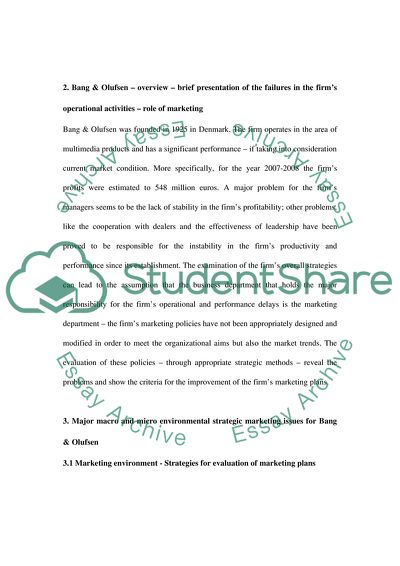Cite this document
(Features Of The Strategic Marketing In Bang & Olufsen Case Study, n.d.)
Features Of The Strategic Marketing In Bang & Olufsen Case Study. Retrieved from https://studentshare.org/marketing/1730541-marketing-strategy
Features Of The Strategic Marketing In Bang & Olufsen Case Study. Retrieved from https://studentshare.org/marketing/1730541-marketing-strategy
(Features Of The Strategic Marketing In Bang & Olufsen Case Study)
Features Of The Strategic Marketing In Bang & Olufsen Case Study. https://studentshare.org/marketing/1730541-marketing-strategy.
Features Of The Strategic Marketing In Bang & Olufsen Case Study. https://studentshare.org/marketing/1730541-marketing-strategy.
“Features Of The Strategic Marketing In Bang & Olufsen Case Study”, n.d. https://studentshare.org/marketing/1730541-marketing-strategy.


